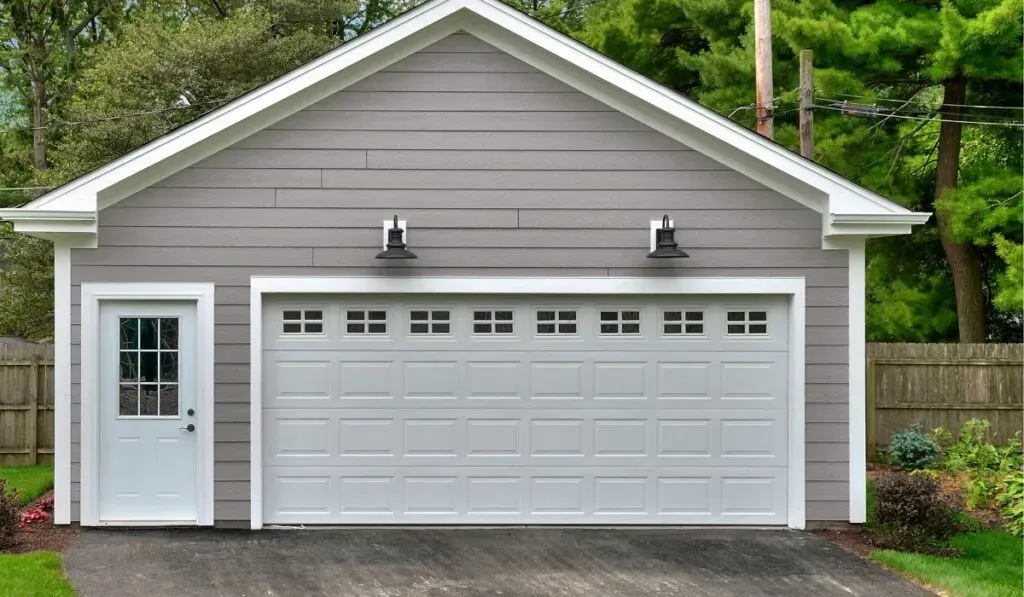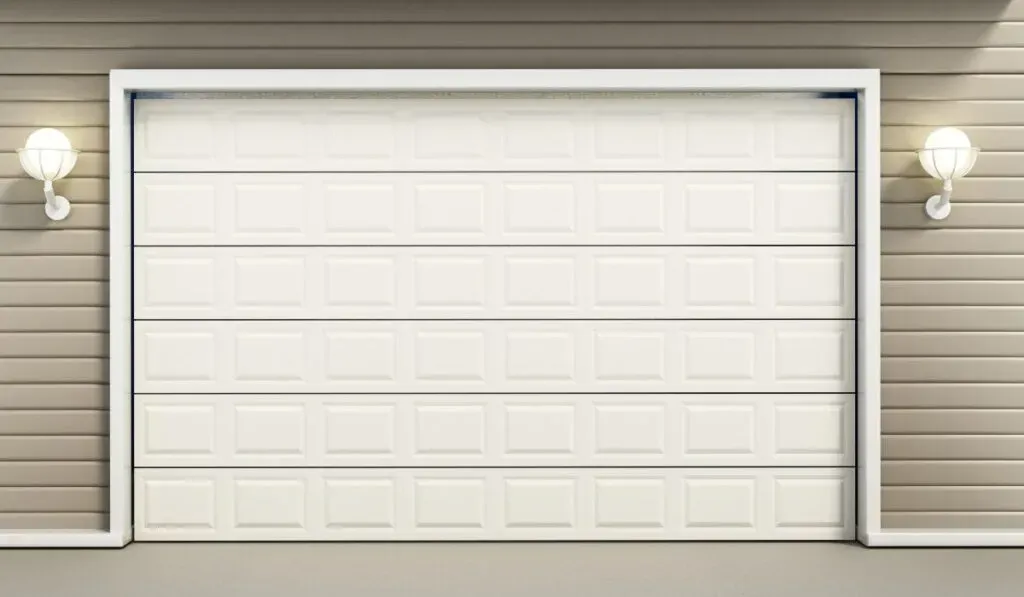
The garage door wind load requirements in California focus on specific DP ratings, bracing with struts, and jamb reinforcement to meet building codes for coastal and oceanfront installation areas like San Diego.
Understanding exposure categories, manufacturer wind tables, and permit documentation is key for installing wind-rated garage doors that comply with ASCE 7 and CRC standards.
Understanding Garage Door Wind Load Basics in California
Garage door wind load requirements keep your doors safe and strong. California sees some pretty high winds that can wreck a garage door fast. Here’s the lowdown:
- Wind Pressure Ratings show how much force a door can take during strong winds.
- Positive and Negative Wind Pressure mean wind can push or pull on your door. Both matter.
- Design Pressure Rating (DP) tells you the max wind load the door can handle without breaking.
- Wind Resistance Standards come from local building codes. They make sure your garage door fights off storm damage.
Knowing this stuff helps you pick a door that won’t give way when wind hits hard.
Exposure Categories Defined
Wind exposure categories decide how strong your garage door needs to be. They split places into three groups:
- Wind Exposure Category B: Found in cities or towns where other buildings block some wind.
- Wind Exposure Category C: Open areas with few trees or small buildings around, so more wind gets through.
- Wind Exposure Category D: Wide open coastal zones with nothing to slow down the wind.
These categories help you figure out what kind of garage door fits where you live.
Deciphering DP Ratings for Garage Doors
DP ratings are about how much pressure a garage door can stand. Here’s what matters:
- Wind Load Ratings show how well a door holds up against wind stress.
- The higher the DP rating, the tougher the door is against storms.
These ratings follow rules from ASCE 7 standards by the American Society of Civil Engineers and CRC guidelines. Picking a door with the right DP means it meets code and stays sturdy in bad weather.
Why Wind Load Matters for Your San Diego Home
Why care about wind load? Simple. It protects your home from damage:
- A good wind-rated garage door lowers chances of storm damage.
- It keeps you safe and shields your stuff inside.
- It also makes your garage door last longer by stopping weather wear.
Choosing the right rated garage door means your home stands stronger when winds blow hard.
What is a Wind-Rated Garage Door?
A wind-rated garage door is made to handle strong winds. It meets special wind load requirements from building codes. These doors help protect homes in areas with hurricanes or big storms. People also call them hurricane-resistant or storm-resistant doors. They block wind pressure and stop flying debris from breaking the door.
Here’s what makes a garage door wind-rated:
- It follows local wind resistance standards and building codes
- It’s certified to resist certain wind loads (measured in pounds per square foot)
- It can resist impacts from objects carried by the wind
- It has a tough, reinforced build using heavy-duty materials
Wind code certified doors lower the chance of damage during bad weather. In places like California’s coast, these doors must meet strict garage door wind load requirements for safety and strength.
Key Factors for Wind-Rated Garage Doors
Many parts help a garage door stand up to strong winds:
Wind Load Ratings
These ratings show how much pressure the door can take before it fails. Local building codes set these numbers based on where you live.
Garage Door Bracing
Bracing adds strength to stop the door from bending or breaking under side pressure. Usually, vertical struts go across panels to brace them.
Struts for Garage Doors
Heavy steel struts support each part of the door. When placed right, they spread out the stress during strong gusts.
Jamb Reinforcement
The side frames called jambs need extra support so they don’t warp or bend in heavy winds.
Door Reinforcement Methods
Other ways to strengthen doors include stronger hinges, heavy-duty tracks, and impact-resistant glass if windows are included.
These structural bracing methods work together to keep the door stable and up to code for storms.
Reinforcing Your Garage Door Against Wind Load

Garage doors in California face strong winds, especially near the coast or in windy areas. You need garage door bracing and reinforcement to keep them safe. These steps give the door more structural support and lower damage risk during storms.
Here’s what helps: installing heavy-duty struts, strengthening jamb posts, and adding extra support to door panels. Good door reinforcement methods make your door tougher against wind pressure. Structural bracing methods keep both the door and its frame from bending or breaking.
Using strong materials made for wind resistance keeps your protection long-lasting. Reinforcement not only meets safety codes but also helps avoid costly fixes after bad weather hits.
Additional Wind Load Reinforcements for Garage Doors
Other parts help your garage door stand up to strong winds besides struts and jamb posts:
- Garage Door garage door track repair: Use thicker steel tracks to stop bending.
- Stronger Rollers: Pick rollers made for higher stress so they don’t fail under pressure.
- Fasteners and Anchors: Use tough screws, bolts, and anchors to hold everything tight inside walls and frames.
These add-ons help your whole garage door system stay safe and work right in bad weather.
Frequently Asked Questions
What are wind load design tables and how do they help?
Wind load design tables show tested values of pressure doors can handle. They guide choosing doors that meet building code compliance and withstand local wind zone classifications.
How do garage door sealing and air infiltration ratings affect energy efficiency?
Good sealing limits air leaks. This improves thermal insulation for your garage, boosting energy efficiency and protecting your home from moisture damage.
What wind bracing techniques increase garage door structural support?
Using heavy-duty struts, jamb reinforcement, and track reinforcement strengthens doors. These wind bracing hardware elements improve structural integrity during high wind events.
Can insulated wind-rated garage doors protect against intense UV rays and weather exposure?
Yes. Insulated doors with corrosion protection coatings resist fading, warping, and rotting while maintaining thermal performance under coastal weather challenges.
How does garage door hardware rust prevention extend lifespan in coastal areas?
Applying silicone-based lubricant and using corrosion-resistant fasteners prevent rust. This proactive maintenance keeps hardware secure and reduces repair needs.
What impact do HOA overlay restrictions have on coastal garage door choices?
HOA rules often limit colors, materials, or designs to maintain neighborhood appeal. Understanding these overlays helps select compliant, visually appealing doors with modern elegance.
Are impact-resistant doors required in windborne debris regions (V zones)?
Yes. These hurricane-rated garage doors include impact-resistant glass or polycarbonate glazing to meet CRC and ASCE standards for safety risk reduction.
What role do manufacturer wind load charts play in the permit process?
They provide documented proof of compliance. Including downloadable compliance forms with permits speeds approval for installations meeting California Building Code requirements.
Additional Considerations for Wind-Rated Garage Doors
- Heavy-duty struts and tube struts add essential support to sectional garage doors.
- Double-end stiles reinforce jamb posts to prevent frame twisting during strong winds.
- Stronger rollers ensure smooth operation even under high wind pressure loads.
- Using thicker steel tracks boosts garage door track reinforcement durability.
- Vinyl, fiberglass, steel, aluminum garage doors each offer unique corrosion protection coatings suited for coastal salt spray effects.
- Regular garage door maintenance in Newport Beach identifies wear on fasteners, anchors, and weather stripping before failures occur.
- Wind mitigation strategies include fabric shield storm protection to enhance standard door strength without compromising appearance.
- Garage door balance adjustment keeps safe operation post-high wind events to avoid damage or malfunction.
- Installing pinch-resistant panels increases safety features along with wind resistance in residential and commercial wind load doors.
